Community colleges across the country, including Washtenaw Community College, are
facing a new reality when it comes to student enrollment. Since 2010, enrollments
have been steadily declining.
According to state data, Michigan community colleges enrolled 10,000 fewer students
over the course of just one year, between Fall 2012 and Fall 2013.
Because slightly more than one-third of WCC’s budget comes from tuition, declining enrollment is a big concern. At the start of the Winter 2014 semester, the number of students enrolled at WCC was down 3.4 percent compared to the start of Winter 2013.
This downward trend is expected to continue. Michigan is predicted to see a 10 percent decline in the number of new high school graduates between 2011-2021. As the economy improves, more adults are going back to work than pursuing higher education. This means even fewer students will be enrolling in college in the near future.
At in-service last November, Dean of Enrollment Management, Larry Aeilts, presented on the grim enrollment predictions and on the now critical importance of recruitment.
Over email, Aeilts reaffirmed the message he gave at in-service. “Recruiting students has never been as important as it is now,” he wrote. He described “the intensifying competition” that target WCC’s current and potential students on a daily basis. Whether over television, radio, or online, multiple colleges and universities are constantly running ads encouraging students to enroll in their programs.
Last fall, WCC sought advice from Frank Babcock, enrollment development expert and consultant at Noel-Levitz. “[I]n many ways,” Babcock stated, WCC is “trying to catch up with peer institutions which have more robust enrollment programs.”
To help counter the declining enrollment trend, colleges have adopted a variety of
promising practices to bolster their marketing, admissions, and recruitment functions.
In addition to connecting with prospective students through social media platforms
like Facebook, YouTube, and Twitter (WCC is active on all three), mobile-ready websites
and connecting with students via text messages are becoming more commonplace—and even
critical.
Given the rise of prospective students viewing college websites on mobile devices—from 23 percent in 2010 to 52 percent in 2012 (the most recent year when data were available)—Stephanie Geyer, director of e-communications projects for Noel-Levitz, believes “optimizing key content for mobile viewing is no longer optional but mandatory.”
Students are also enrolling in online courses and programs in record numbers. In 2012, 15 percent of all college enrollments nationwide were for online courses. According to the latest predictions, that number is expected to jump to 20 percent by 2016.
According to Aslanian Market Research, the growth rate of online enrollment is three to four times the rate of traditional classroom enrollment. In response, colleges are offering more online courses—and establishing more online programs—to attract more students.
Another way colleges have worked to recruit and retain students is establishing a “one-stop” enrollment center model. Instead of requiring prospective students to visit several different administrative offices when they want to enroll, these one-stop centers provide students with everything they need—including applying, getting information about financial aid, receiving academic counseling, and registering for classes—all in one visit with one person.
“This is the era of the ATM and drive-thru service,” said Prakash Mathew, vice president for Student Affairs at North Dakota State University, who was quoted by the higher education magazine, University Business. “We are simply giving students what they are used to getting outside of higher ed.”
Indeed, the new WCC Gateway is a step in the right direction towards achieving a more mobile-friendly web presence and streamlining services for students.
Another promising practice that colleges are undertaking to help boost enrollments is partnering with K-12 school districts. More and more colleges are collaborating with high schools to provide a more seamless transition from high school to college—including offering enhanced dual enrollment options—much like WCC has done with Ypsilanti Community Schools.
In addition to its K-12 outreach efforts, WCC has done a great deal to attract more students, including (but certainly not limited to) launching its marketing campaign, holding Xpress Registration days, and emphasizing its top notch, student-focused faculty and staff.
But if the enrollment predictions are any indication, the pressure is on to do even more.
